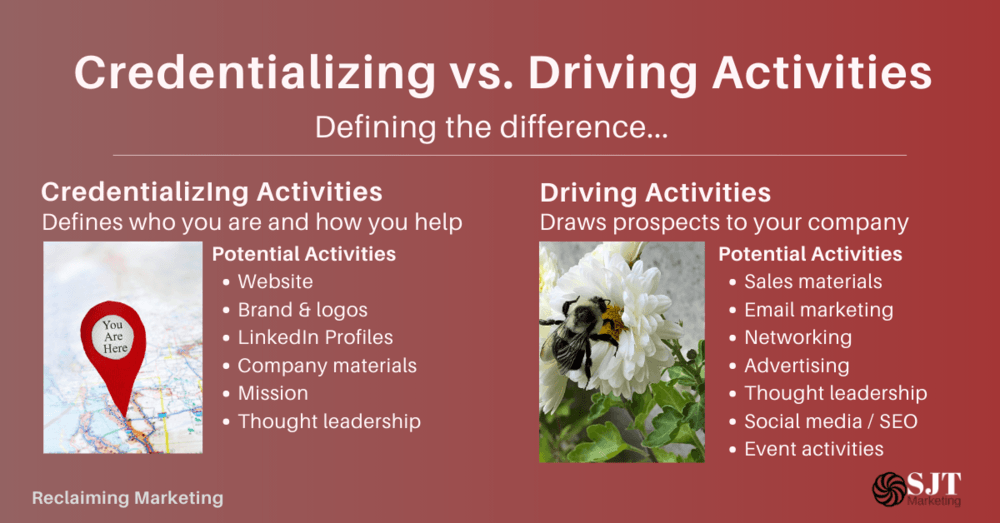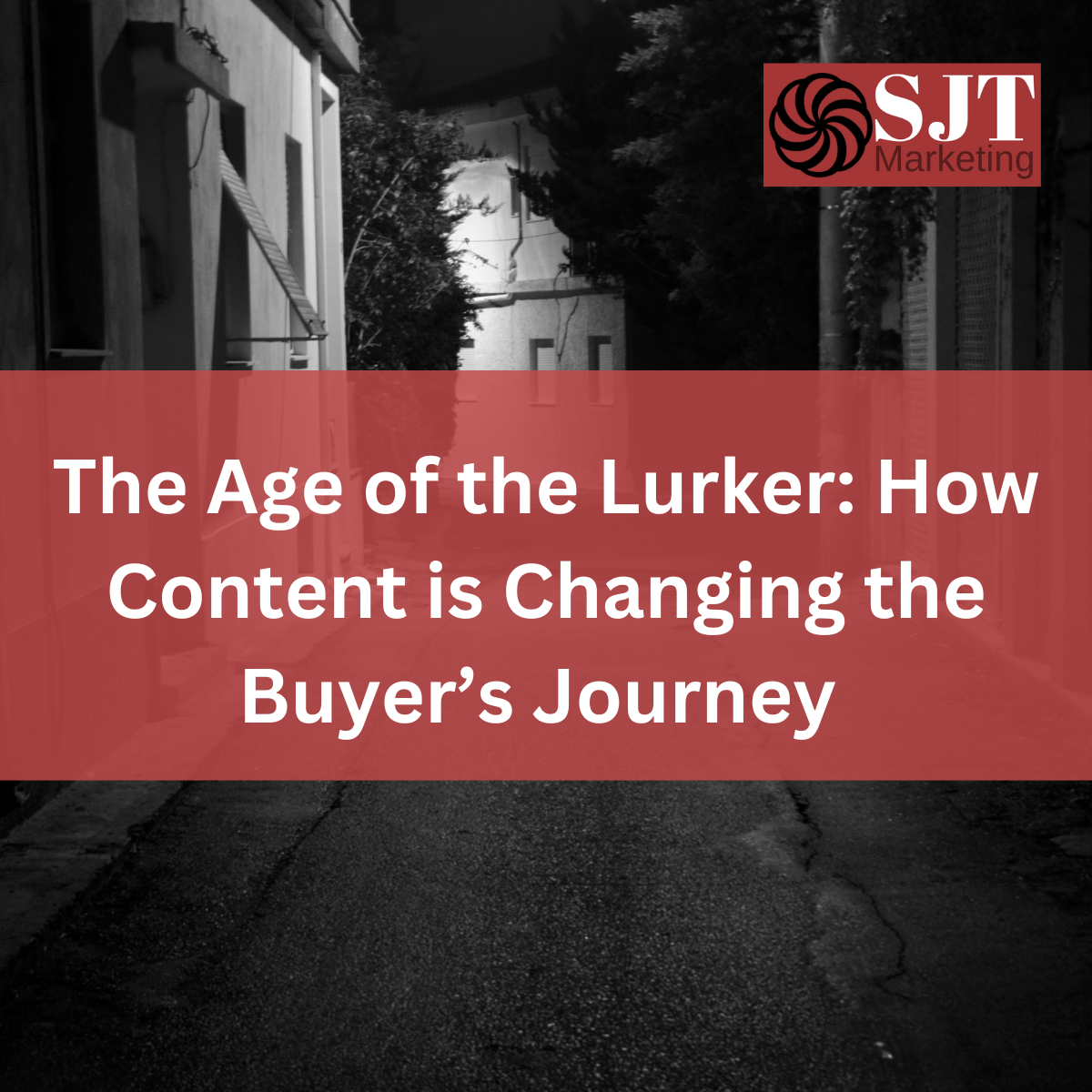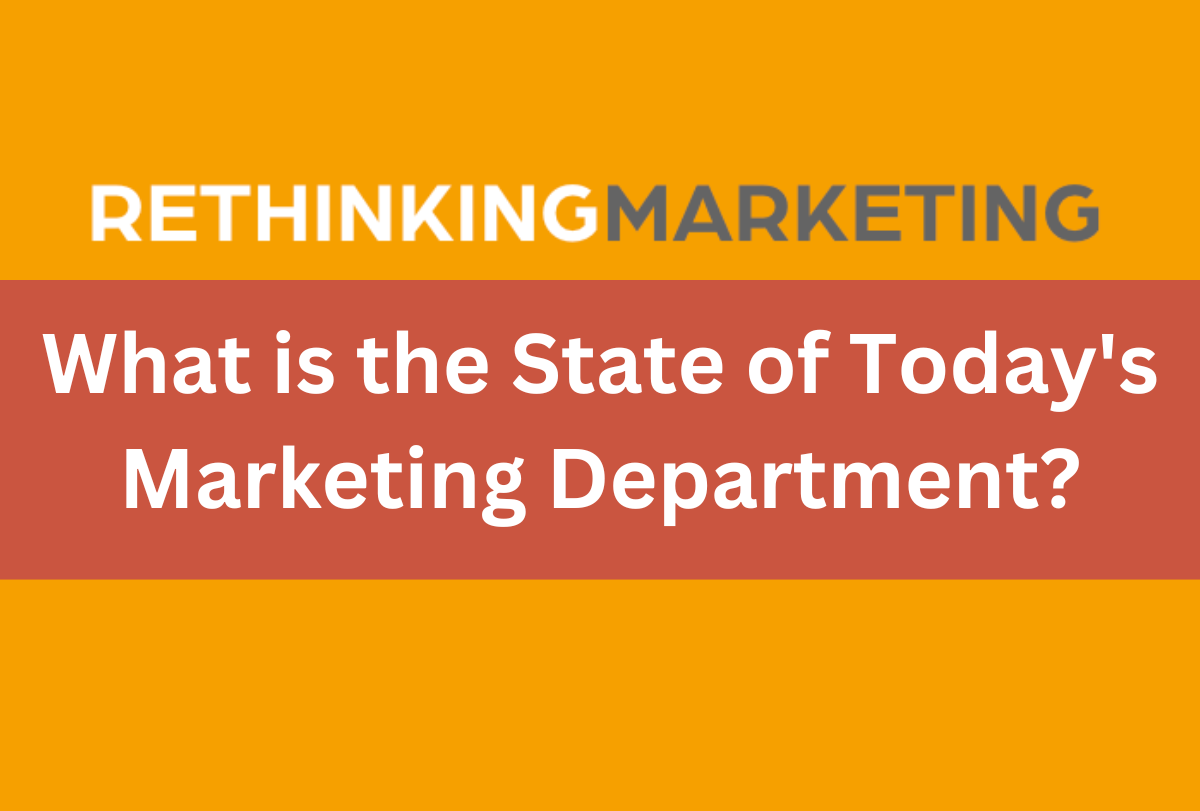By Sara Trifiro
•
May 16, 2023
Just imagine we are looking to buy something new like… an air fryer… what do we do? First, we search for “best air fryers” and review the many pages of curated articles full of lists and comparisons. We also use social and messaging tools to reach out to friends asking them which version they like best. Then head to YouTube and, in addition to wasting countless hours watching videos on all the great things you might make in said air fryer, we manage to watch several comparison videos and reviews. We are lurkers (yes, a very technical marketing term) and we are using dark social to inform our buying decisions. Since the pandemic, we have changed the buying process and put it back into our own hands, at our own pace and in our channels of choice. Think about it… By the time you have made the decision to purchase, you basically have made the decision on which brand to buy. This is also true for most B2B buying decisions today. Yet, companies are still struggling to reframe their go-to-market strategy and meet the buyer where they are NOW. We need to embrace content and dark social and build the right tools to assist the lurking process. In case the term dark social is new to you… It is not a sketchy back alley where you might go to buy an air fryer off the back of a truck for a deep discount. Dark social is where we go to make informed decisions and help us work through buying decisions. Chatgpt defines dark social as: "Dark social refers to the phenomenon of social sharing and online interactions that occur through private channels or platforms that are difficult to track or measure. It refers to sharing content or links via private messaging apps, email, or secure browsing, rather than through publicly visible social media platforms. In dark social, the sharing and interactions are not easily traceable or attributable to specific sources." Dark social can be any platform that is difficult to track such as twitter, linkedIn, and YouTube. It could be a chat forum on Slack where people ask peers for their experience. Or searching outside google which can be done in many untraceable ways. Even Reddit is becoming an important place for B2B product and services discussions. So how should dark social and the lurker inform companies your buying journey? Here are some suggestions: Use content to aid in the lurkers buying process Yes, I realize that most companies are processing content at a feverish clip. With AI it seems this becomes so much easier. Yet, if half or more of the buyer's decision-making process happens in dark social, then how can you truly understand what they are consuming and what they need? As marketers, stay in contact with your clients. Ask them about the key issues that informed their buying decision. Host roundtables. Add “where did you hear about us” on your web form. OR… jump on to a sales call and learn real-time from your team. Review your content and make sure it matches up with what you are learning. Make sure your speak to the lurkers needs and are readily available where they might want them as they move down the path to a decision. Make sure you have the right influencers reviewing your products and services so that your buyer can make an informed decision. Respecting and understanding the lurkers process What do I mean by respecting the lurkers process? At a recent client of mine, to download a simple educational white paper, the prospect would get catapulted into a fast-paced buying campaign. The lurker just wanted some information. Now they are receiving daily emails about specials, marketing propaganda, and pitches to sign up for a sales call. Sure, there are always a few people ready to buy. However, the vast majority are still lurking. Go ahead and add them to your content mailing list, but give them the space to lurk. It's not more leads, or even better leads, it is ripe leads Many times sales is jumping in too soon! This is jarring to the buyer and equally as frustrating for the sales team. But it is not the sales’ fault. As marketers, we play the role of intermediary and should try and guide sales in at the right time. I realize we don’t always have that control as marketers. Partnering with sales to help them be most successful will ultimately save them time and most definitely increase their win rate. Engaging in dark social In addition to producing great content, find more ways to engage in the conversation. Go… play... lurk! Act like a buyer and go see what you can find. Read Reddit to see what's happening there. Ask questions. Then design a “client journey” that matches today’s current buying process. It may be longer and more complex yet there are many automation tools that can help you tailor the process to their individual needs. This can be tough for small, resource-constraint organizations. But there are some tools such as “chatboxes” on social that can respond to keywords or simple campaign builders in email programs. and, lastly... Stay informed As we marketers know, nothing stays the same for long. Watch trends and keep connecting with your target market. Unfortunately, the yearly or even semi-yearly client focus groups are no longer enough. Build quarterly or even monthly points of contact with clients into your yearly strategic plan. Engage with the sales team. Hear their struggles. When are they seeing success? These will give you oodles of information on what content is needed and when. Ultimately, the stronger the partnership between both departments, the better the buyer's journey will be.



